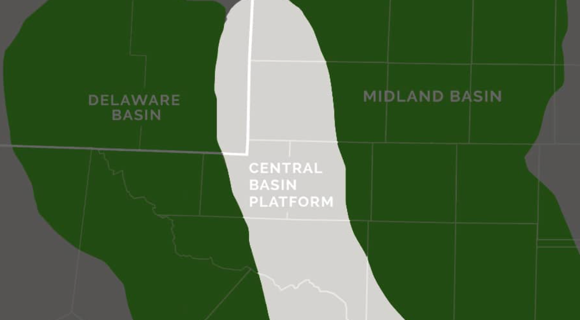The trend of fiscal discipline among Permian Basin oil and gas producers, coupled with ongoing consolidation, is leading to slower output growth. This dynamic is evidenced by significant mergers and acquisitions in the region, such as ExxonMobil’s acquisition of Pioneer, which has resulted in a reduction of 35 rigs, equating to a 10% decrease in drilling activity in the first half of the year. According to East Daley Analytics, the average rig count dropped from 318 in January to 288 in June, with potential for further reductions as more mergers finalize.

James Taylor, a senior energy analyst at East Daley, highlights that mergers like Occidental Petroleum’s acquisition of CrownRock and Diamondback Energy’s purchase of Endeavor Energy Resources could lead to additional rig reductions. CrownRock and Endeavor operate a combined 16 rigs, which might be decommissioned if the acquiring companies opt to integrate these operations into their existing drilling inventories.
However, there are exceptions to this trend. For instance, Apache retained Callon’s five rigs after acquisition, and ExxonMobil maintained Pioneer’s rigs post-merger. Taylor notes that many companies are prioritizing cash flow and operational responsibility, which aligns with the broader trend of fiscal discipline.
The Delaware Basin has seen the largest reduction in rig count, with a 15% decrease (24 rigs) since the start of the year. The Midland Basin has experienced a 5% decline (eight rigs) in the same period. Public producers, such as Occidental Petroleum, ExxonMobil, and Diamondback Energy, have been the most active in reducing rigs in the Delaware Basin. Public operators dropped 16 rigs, or 14% of the total count, while private operators reduced their rigs by eight.
Despite the decrease in drilling activity, Ajay Bakshani, director of midstream company financials at East Daley, maintains that the Permian Basin will continue to grow, albeit at a slower pace. Improved drilling efficiency and practices like refracturing existing wells, which do not impact the rig count but enhance production profiles, are expected to sustain growth in the region.
Conclusion
The Permian Basin’s oil and gas industry is experiencing a notable shift towards fiscal discipline and consolidation, resulting in reduced drilling activity and slower output growth. Major mergers and acquisitions, such as those by ExxonMobil, Occidental Petroleum, and Diamondback Energy, have significantly impacted the rig count. While some companies maintain or even increase rig numbers post-acquisition, the overall trend points to a decrease in active rigs, particularly in the Delaware and Midland Basins. Despite this, advancements in drilling efficiency and techniques like refracturing promise to sustain production levels. The region is set to continue its growth trajectory, albeit at a more measured pace, aligning with the industry’s focus on operational responsibility and cash flow management.
Oil & Gas Marketing Lists







